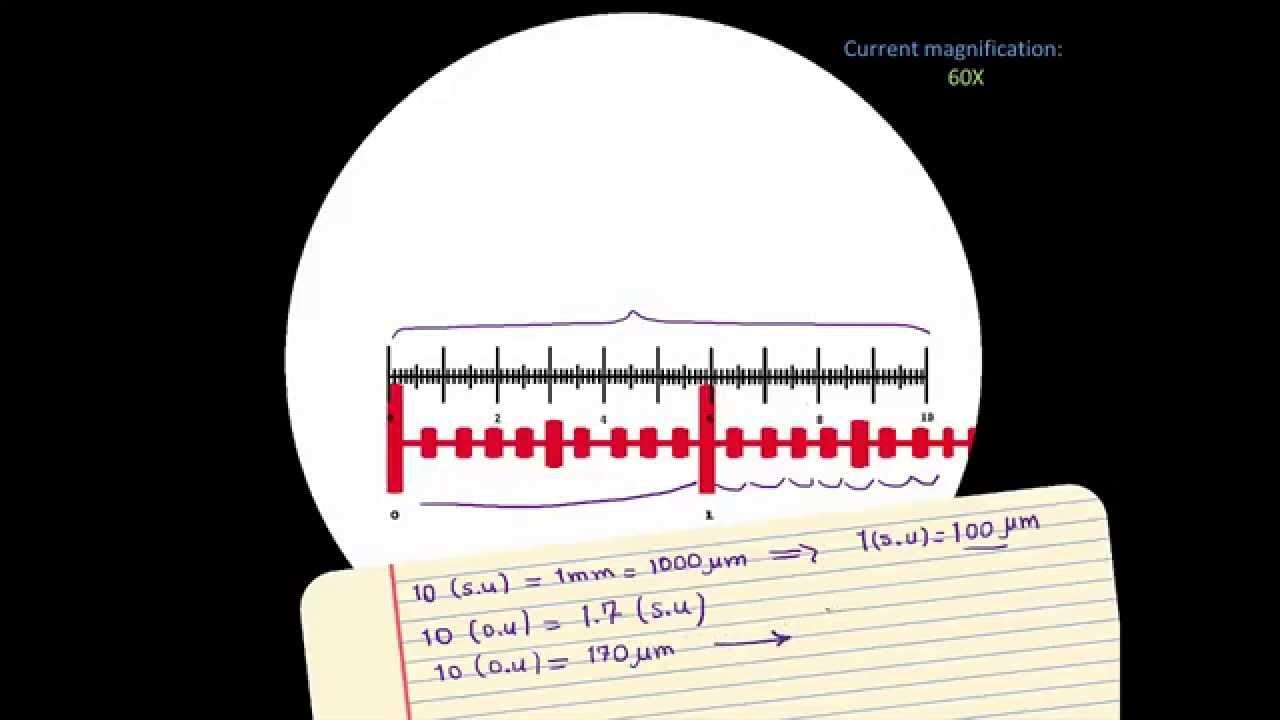ISTILAH-ISTILAH UMUM PADA KALIBRASI
Summary
TLDRIn this video, Tito explains the basics of espresso calibration for beginner baristas. He breaks down key concepts such as grain size (coarse, medium, fine), dos (the amount of coffee powder used), and tamping (the pressure applied to compact the coffee). Tito highlights the importance of these factors in achieving ideal espresso, emphasizing that calibration varies based on the grinder, espresso machine, and personal preferences. The video also covers practical tips like the use of digital scales for accurate measurements and the importance of tamping for even extraction. It's a helpful guide for those looking to understand the essentials of espresso preparation.
Takeaways
- 😀 Calibration is essential for achieving the ideal espresso, and understanding basic terms is crucial for beginners.
- 😀 Grain size refers to the coarseness or fineness of ground coffee, with three main categories: coarse, medium, and fine.
- 😀 Coarse ground coffee resembles bread crumbs, medium ground coffee is similar to beach sand, and fine ground coffee is close to powdered flour.
- 😀 For espresso, a fine grind is typically used, but the grind size may vary depending on the grinder and espresso machine.
- 😀 Dos refers to the amount of coffee powder used for espresso, usually measured between 18-20 grams for a double shot.
- 😀 It's important to zero or 'tara' the scale before measuring the coffee powder to ensure accurate measurements.
- 😀 Tamping is the process of compacting the coffee grounds in the portafilter to ensure even extraction. The tamping strength can be soft, medium, or hard.
- 😀 A medium tamp is ideal when the grind size is appropriate, while a soft tamp is used for finer grounds and a hard tamp for coarser ones.
- 😀 The goal of tamping is to create a level, uniform coffee bed in the portafilter to prevent uneven extraction and channeling.
- 😀 Calibration involves three main components: grind size, dose, and tamping pressure, all of which must be adjusted for optimal espresso extraction.
- 😀 Equipment such as grinders, scales, and tampers play a significant role in achieving consistent and ideal espresso calibration.
Q & A
What are the three basic factors to consider when calibrating espresso?
-The three basic factors are grain size, dos (amount of coffee powder), and temping.
What does 'grain size' refer to in the context of espresso calibration?
-Grain size refers to the size of the ground coffee powder, which can be classified into three types: coarse, medium, and fine.
How do coarse, medium, and fine grain sizes differ in appearance?
-Coarse grounds are large and resemble bread crumbs, medium grounds are similar to beach sand or table salt, and fine grounds are powdery, similar to flour, but with slight lumps.
Why is the grain size important for espresso calibration?
-Grain size affects the extraction process, with fine grounds generally preferred for espresso. The right grain size ensures a balanced extraction, preventing under or over-extraction.
What is meant by 'dos' in espresso calibration?
-'Dos' refers to the amount of coffee powder used in the espresso shot, usually measured in grams. The standard range is typically 18-20 grams for a double shot.
How do baristas measure 'dos' accurately?
-Baristas measure 'dos' using a digital scale, ensuring they zero the scale before adding the coffee grounds to the filter portafilter or bowl.
What does the term 'temping' refer to in espresso preparation?
-Temping refers to the process of compacting the ground coffee in the portafilter to ensure an even extraction. The strength of temping can be categorized as soft, medium, or hard.
What is the ideal strength of temping for most espresso setups?
-The ideal strength for temping is medium, which typically involves using about 12 kilograms of force. This ensures the coffee grounds are compacted evenly for optimal extraction.
How should the coffee grounds appear after proper temping?
-After proper temping, the coffee grounds should be level and compact without any unevenness. This ensures there are no channels, which could lead to poor extraction.
What is the significance of 'Tara' when using a digital scale for calibration?
-Tara is the process of resetting the scale to zero before weighing the coffee grounds. It ensures that the weight of the container is not included in the measurement.
Outlines

This section is available to paid users only. Please upgrade to access this part.
Upgrade NowMindmap

This section is available to paid users only. Please upgrade to access this part.
Upgrade NowKeywords

This section is available to paid users only. Please upgrade to access this part.
Upgrade NowHighlights

This section is available to paid users only. Please upgrade to access this part.
Upgrade NowTranscripts

This section is available to paid users only. Please upgrade to access this part.
Upgrade Now5.0 / 5 (0 votes)





